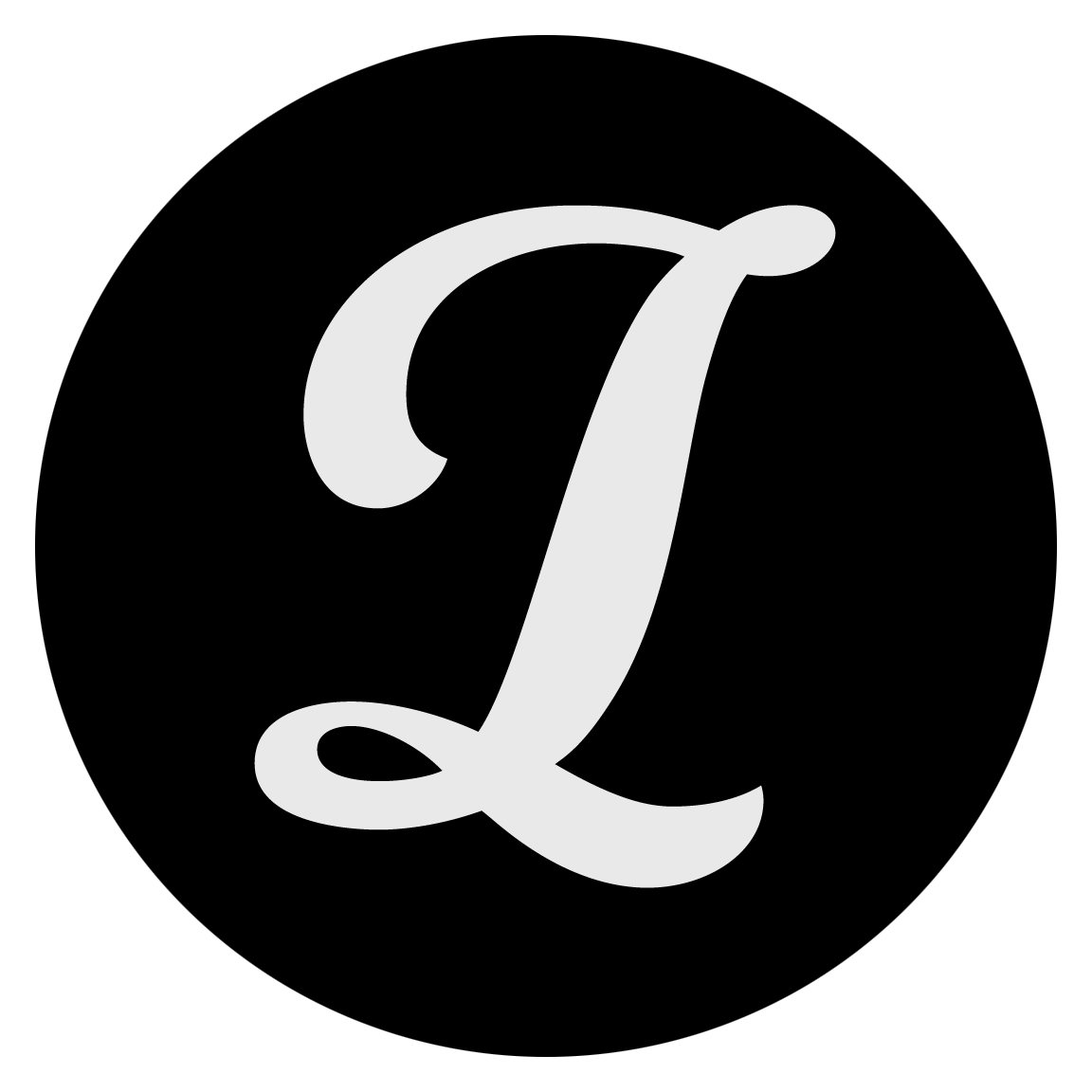A BEAUTIFUL ILLUSION
(A Beautiful Delusion)
With groundbreaking inventions, it’s easy to ignore the ways they can be corrupted. Artificial Intelligence (AI) is one of those things. The name itself should be the sinister clue - artificial. The upside promises are spectacular but to ignore downside intentions by bad actors is simply to apply blind faith and say “everything will be okay, just have faith”.
AI is more sinister than its upside spin. It operates behind the scenes hidden by slick interfaces with the promise of a better, easier reality. With a honey sweet appeal it lures us while simultaneously deceiving us. While there are legitimately good uses in the technological side of many human endeavors, it can’t be overstated that bad actors and bad outcomes come along for the ride.
Fortunately not every bad use is world-ending. Still, “artists” using AI are trying to create a shortcut to success, when in reality, they aren’t creating anything at all. AI is not a tool for artists. The mere name is an oxymoron for the roll of an artist. An artist brings imagery to life with their imagination and technique. Having software do a high speed internet search and assembly based on prompts is a cheap charade of the years of hard work it takes for true artists to hone their craft. The lack of emotion in AI generated work is another proof of the machine generated counterfeit.
Maybe there’s a broader issue at play - the idea of artificial reality. Is it possible that these fake worlds are more appealing to some than the real world? A lot of art is about creating interpreted meanings, but they are created from real life experiences, not artificial ones. Applying emotionless AI code is pure emptiness - the antithesis of the purpose of art.
It is important to see two simultaneous truths and not be fooled by the positives. Truth, Faith, Promise, Hope, Relax - all bring comfort and have aspirational meaning. They can also be used to remind us not to have those qualities blindly or without meaning.
This exhibition is created digitally starting with photographs of real world objects such as ATM machines, door handles, street gratings, fire hydrants, urban infrastructure, utilitarian architectural details, pipes, park benches, signs, and a myriad of other everyday objects. With the similar intent of an abstract painter looking to bring out their internal meaning, the objects are deconstructed digitally, then brought together creating a completely different technical and spatial aesthetic. All work is done with originally made photographs. No algorithms involved.
This is the space where interpretation begins, much like the space that allures us with AI, but also warns us not to dive in.
